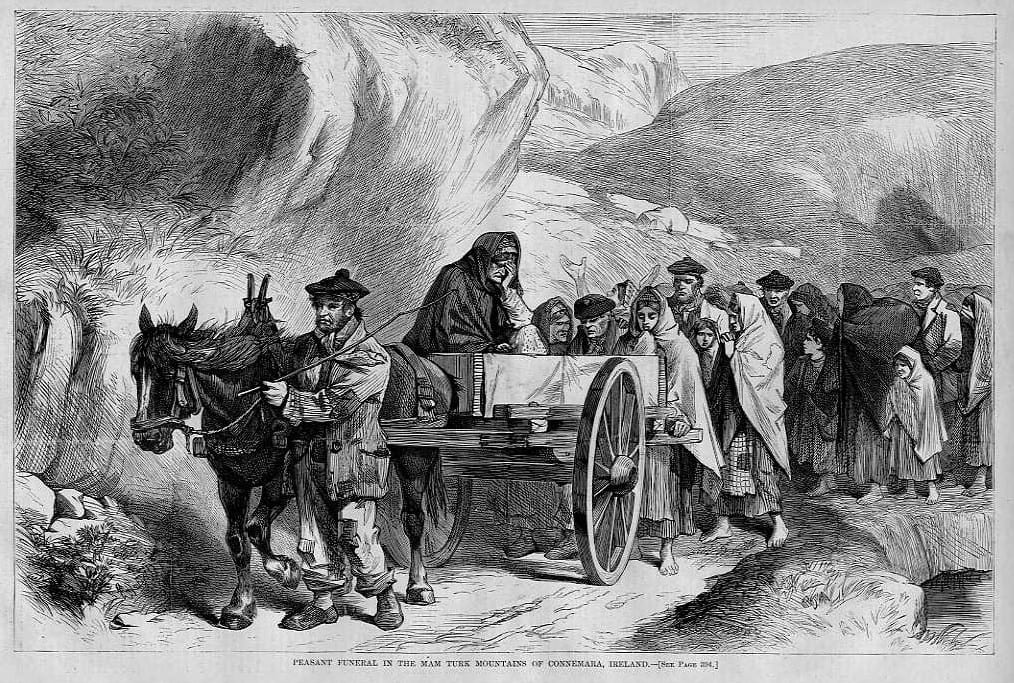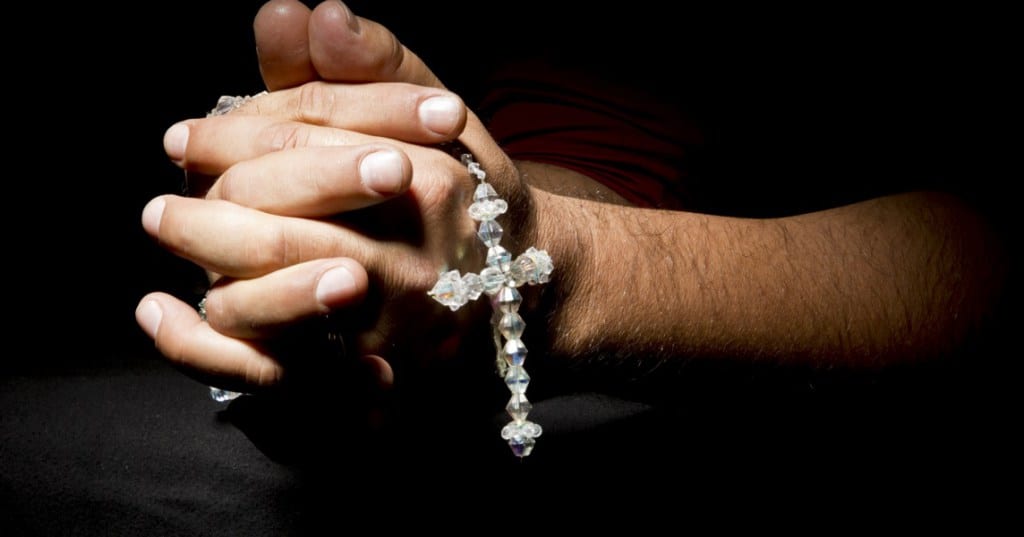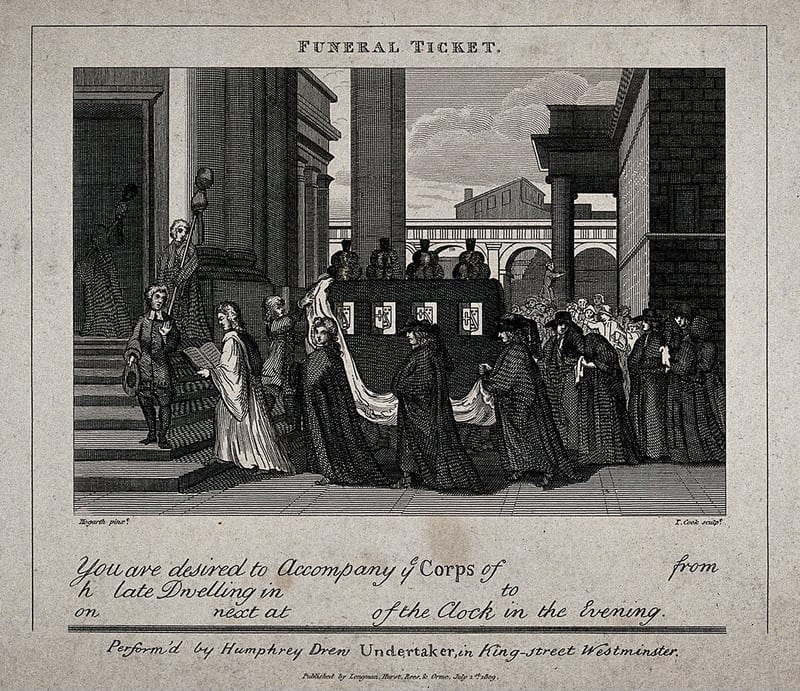Trending Now
There are a lot of jobs out there that no one particularly wants, but most of them just have to get done, even if the “civilized” people among us don’t care to participate.
In the 17th, 18th, and 19th centuries, perhaps no job was more necessary – and more reviled – than that of the local Sin Eater.
When a person died, a crust of bread was placed on their chest during their wake. The morsel was believed to soak up the sins of the deceased, and it was the Sin Eater’s job to consume the bread (usually along with ale or wine), and, therefore, all the bad things the dead person did during their lifetime. For his trouble, he was paid a paltry four pence, or what would be a couple of bucks today.
Because of the nature of the job, the Sin Eater was burdened with the sins of others, and the more funerals they attended, the heavier their load became. Others in the villages avoided them, thinking that after absorbing so much sin, they must be well and truly evil themselves. What kind of man, after all, would trade away his right to the Kingdom of Heaven for a small amount of money, bread, and drink?
A poor man, most often. A hungry one, a desperate one, or someone who had nothing to lose.

Photo Credit: Oddly Historical
There are a few theories as to how and when Sin Eating became a thing, though no one can say with total certainty where it began. The custom may have grown out of pagan traditions, or perhaps from a medieval custom where nobles gave food to the poor before funerals in exchange for prayers.
Rituals involving some kind of symbolic bread were common, too – even ones in which the bread represented the souls of the dead. Antiquarian Henry Curzon wrote in 1712 that villages in the English county of Herefordshire hired “poor people to take on them the Sins of the Deceased.”
Or perhaps the tradition grew out of a desire in Protestants to cling in some way to their Catholic roots, as some Sin Eaters listened to the sins of family members in addition to eating those of the deceased. In reality, Sin Eating was never supported by the Catholic Church and, according to author Ruth Richardson, would likely have been considered heresy.

Photo Credit: Knowledge Nuts
To me, it all sounds a little “Whipping Boy,” and not too based in Christian beliefs (since, you know, Jesus already died to absorb sins, according to mainstream tradition).
But times were tough, and people wanted to be extra sure that they wouldn’t be denied entrance when they got to heaven. I guess.
Sin Eating had all but died out by the dawn of the 20th century, with the last Sin Eater’s death (that of Richard Munslow) being recorded in 1906. The tradition made its way to the American Appalachian Mountains, though, and survives there through legends about nomads roaming the countryside looking to absorb dark and powerful sins.
Want more? Check out the articles below:
- Here’s a Perfect Example of How Becoming a Meme Can Completely Ruin Your Life
- If You’ve Ever Jerked Awake Suddenly While Falling Asleep, This is What’s Happening to Your Body
- This Waitress’ Epic Post After Customers Tip Her $0 Is Going Viral
- Why This Model Is Suing a Tampon Company After Losing Her Leg
- Science Explains…What Happens if You Never Leave Your Hometown
- You Might Be Confused…Here’s What These Emoji ACTUALLY Mean
- Infographic: What Does Your Poo Say About You?
- 10 Survival Myths That Could Kill You
- This Grandma’s Search History Was So Adorably Polite It Even Got Google’s Attention
- At 15-Years-Old, He Weighed 707 Pounds: The Way He Looks Today is Inspiring Millions of People
h/t: Atlas Obscura






